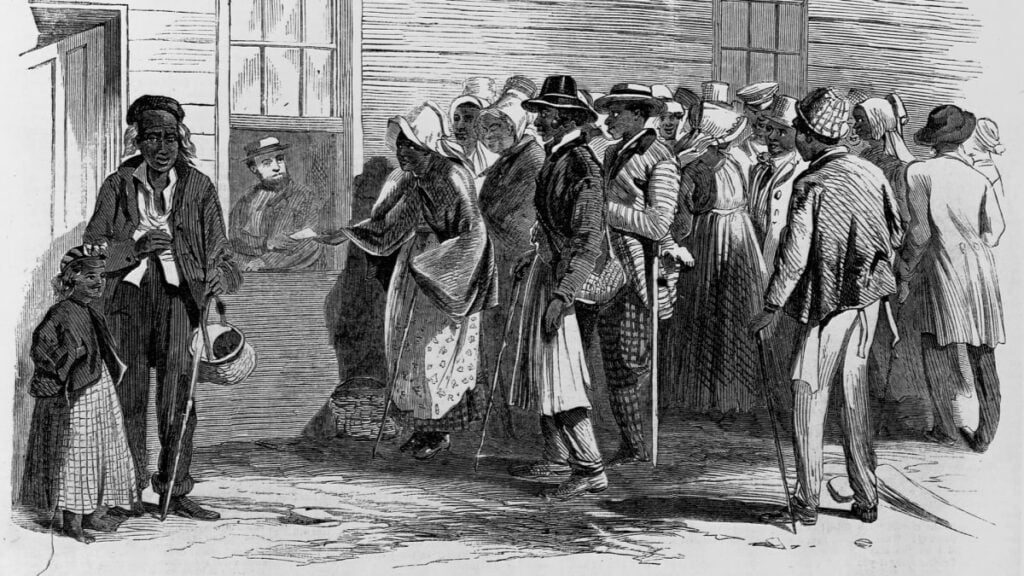In 1865, the American Civil War ended, and the eleven former Confederate states entered the Reconstruction era. Starting in 1867, Congress passed the Reconstruction Acts, which established military districts to manage the affairs of these states as they awaited reconstruction. What caused disenfranchisement after the reconstruction era?
Following the Civil War, African-Americans were granted equal rights. A series of laws and Supreme Court judgments steadily disenfranchised the black people and stripped them of their gained freedoms throughout the decades. There was also a Black Governor of Los Angeles in 1873.
The Period of Disenfranchisement Post-Reconstruction Era
Disfranchisement in the United States after Reconstruction, particularly in the South, was based on a succession of laws, new constitutions, and policies in the South that were intentionally utilized to prohibit Black residents from registering to vote and voting.
At the turn of the twentieth century, the former Confederate states enacted these policies. Efforts were attempted in Maryland, Kentucky, and Oklahoma. Their acts were intended to defeat the purpose of the Fifteenth Amendment to the United States Constitution, which was enacted in 1870 and banned states from depriving people of their voting rights based on race.
The laws were frequently written in such a way that they appeared to be non-racial on paper and thus did not violate the Fifteenth Amendment but were implemented in ways that purposefully suppressed black voters. Beginning in the 1870s, white racists used violence by paramilitary groups such as the Ku Klux Klan, as well as fraud, to suppress black voters.
Southern Democrats were frightened after recovering control of state legislatures by a late-nineteenth-century coalition between Republicans and Populists that cost them some elections. From 1890 through 1908, Southern state legislatures approved new constitutions, constitutional amendments, and regulations that made voter registration and voting more difficult, especially when administered by white personnel in a discriminatory manner.
They were successful in disenfranchising the majority of black individuals, as well as many poor whites in the South, and voter rolls in each state decreased drastically.
For decades, the Republican Party was almost extinct in the region, and the Southern Democrats established one-party rule throughout the southern United States. (Source: Cambridge University)
The Movement Towards Civil Rights
Michael Schwerner, Andrew Goodman, and James Chaney, civil rights workers, went missing in Neshoba County, Mississippi, on June 21, 1964. As part of the Mississippi Freedom Summer Project, the three were volunteers assisting in the registration of black voters. The bodies were retrieved 44 days later by the Federal Bureau of Investigation from an earthen dam where they were buried.
On March 30, 1964, when the Civil Rights Act was brought before the full Senate for debate, the Southern Bloc of 18 southern Democratic Senators and one Republican Senator, led by Richard Russell (D-GA), mounted a filibuster to block its passage.
We will resist to the bitter end any measure or any movement which would have a tendency to bring about social equality and intermingling and amalgamation of the races in our (Southern) states.
Richard Russell, Republican Senator
On July 2, President Johnson signed into law the Civil Rights Act of 1964. The Act prohibited segregation in public places and barred unequal application of voter registration requirements. It did not explicitly ban literacy tests, which had been used to disqualify blacks and poor white voters. (Source: Spartacus Educational)
